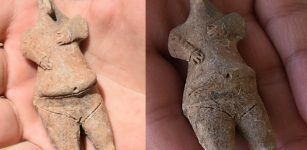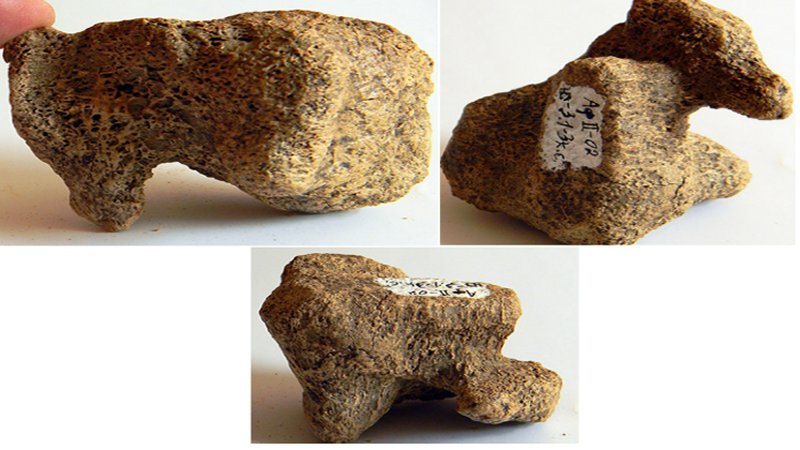Surprising Discovery – Replica In The Field Museum Is A 3,000-Year-Old Sword
Conny Waters – MessageToEagle.com – A surprising discovery was made in the Field Museum in Chicago, US.
An ancient sword that sat inside the Field Museum for nearly 100 years that was believed to be a replica is actually a 3,000-year-old artifact.
Curators said a European expert noticed the sword and asked to see it while preparing for an exhibit called “The First Kings of Europe,” CBS News reports.
This is an authentic 3,000-year-old sword, the Field Museum says. Image credit: Field Museum
“I pulled it out and he said after half a minute, this isn’t a replica,” said Bill Parkinson, curator of anthropology at the Field Museum. “It’s a real sword thrown into the Danube River at the end of the Bronze Age.”
X-ray testing later confirmed the sword’s authenticity. You can see the sword for yourself at “The First Kings of Europe” exhibit which opens on March 31.
The exhibition will present more than 150 exquisite objects, including jewelry, weapons, armor, and more that have never before been shown together.
Visitors will be able to explore the rise to power of ancient Europe’s first kings and queens and discover how once egalitarian farming communities developed power, inequity, and hierarchy for the first time. According to the Field Museum, people who visit the exhibition The First Kings Of Europe” can travel back to 5000 B.C. to uncover what prehistoric tools, weapons, and ritual sculptures can tell us about life in the Balkans’ earliest societies.
Being able to display an authentic 3,000-year-old bronze sword found at the bottom of the Danube River in about 1920 was not part of the original plan.
The 3-foot-long weapon kept for more than 100 years in storage at the Field Museum has been thought to be a replica.
“I think there was a clerical error when it got here. Someone just wrote it down wrong,” William Parkinson, curator of anthropology at the Field, said.
Throwing swords and other weapons into rivers was part of a Bronze Age tradition in the present-day Balkans and surrounding areas, which explains how and why the Bronze Age artifact ended up in the Danube River.
It often happens museums exhibit objects that later turn out to be faked. In this case, the Field Museum discovered a precious authentic ancient artifact, making this story much more pleasant for the curators and visitors.
Parkinson said a friend visiting Chicago from the Hungarian museum last summer identified the clerical error with the sword. Testing confirmed the mistake, Parkinson said.
Written by Conny Waters – MessageToEagle.com – AncientPages.com Staff Writer











